I remember vividly that the excitement was always at its highest whenever Völkerball was on the sports curriculum in primary school. “I loved the game in school so much that I felt disappointed whenever the game was over”.
Then years later in San Francisco around September 2006 the excitement built up quickly again when I had a chance to play dodgeball, the American version of Völkerball, among the design crowd and the likes of IDEO and Frogdesign. The difference between Völkerball and Dodgeball is simply that players have to dodge 6 balls, instead of just 1 as in Völkerball. This is not a marginal difference. A dodgeball game only lasts for about 2-3 minutes and is packed with way more action.
Fast forward to early 2013. It was the end of a 3 week retreat in Asia when I took Emirates on my back from Thailand and was browsing the video library. I stumbled upon the movie “Dodgeball – A true underdog story” and had a brilliant idea: Because I loved Völkerball back in school so much, I wanted to play it again. So, I set out to organize a dodgeball tournament for the community I was personally and professionally most involved in: The startup community in Barcelona and Berlin. This turned out to be the start of a tournament series across cities like Barcelona, Berlin and Munich, with more cities following.
Educating Your Potential Market
“Dodgeball, what is that?” was the number one comment I heard whenever I approached anyone with the idea of organizing dodgeball tournaments. In fact, it turned out that quite a few had heard or even seen the movie way back in 2004; however, people were not sure whether I was just referring to the movie or to the actual game. The ball dropped when I told them that I indeed meant “Völkerball” (in Berlin) or “Balón Prisionero” (in Barcelona). People then replied with “I have not played it since I left primary school, but I do remember it being quite fun”. I treated this as validation that such a tournament could be well received within the community. I was thinking either way that “people would have fun throwing balls at people.”
Learning: Comparing your product, service, or in my case, the event format, to a similar offering in market will speed up the understanding of what you are offering.
A Rocky Start
In early April 2013, I started calling up sport centers in Barcelona, inquiring about the possibility of booking an in- or outside court. The biggest issue I encountered early on (as a guiri, read: foreigner, in Barcelona) was the fact that I lacked the Spanish translation for court, which is “la pista” in Spain and “la cancha” in Latin America. After a couple of weeks I had found a couple of potential courts, however, neither of those was open on a Sunday. Alas, I threw up my hands and said, “OK, whatever, let us play outside”. In retrospect, what an obvious choice considering a city like Barcelona in which people enjoy 300 days of sunshine.
In stark contrast to Barcelona, things in Berlin went fairly smoothly. I had a hunch of some kind and called up a primary school directly knowing that Berlin is pretty volatile in terms of weather. They told me straight away that all court reservations are handled by a department at the district administration. A couple of calls later I had my court booked.
Learning: If things are just marginally better with option A (here: playing inside) don’t waste a bunch of hours, make use of option B directly (here: playing outside). For some reason though, I wanted to have perfect conditions – as in playing inside.
Marketing And Pricing
At about the same time I started to put together a list of people I knew well as well as some acquaintances for Barcelona and Berlin. Before I set up a native email program on my Mac and started to send out my first personalized invitations, I thought firmly about what I wanted to charge per team or per player for such an event. I cannot fully recapture how the decision was made, but I ultimately decided not to charge for the tournament at all but rather to use the first one in Berlin to gauge interest and see how it would eventually play out. The cost of the court in Berlin was fairly low, and it was eventually taken care of by colleagues at StartupBootcamp Berlin.
Right after coming to this decision – still about 7 weeks ahead of the tournament date – I started emailing a couple of hundred people in Berlin and Barcelona. I also asked a handful of people for introductions to other startups. A few days after my first invitation, the first two registrations started to roll in. I got excited. In the meantime I told everyone I encountered about the event and sent out a couple of reminder emails a few weeks ahead of the tournament. I ended up with 14 sign-ups in Barcelona and 16 in Berlin. A week ahead of the tournament I sat down and planned the tournament schedule. I made the teams play q single elimination round only instead of a qualifying and elimination round to mainly be on the safe side if some teams do not show up on the day of the tournament. Remember: Signing up was free of charge.
And that was good thinking: 4 teams did not show up in Barcelona and neither did 2 in Berlin. I had secretly printed out single elimination rounds from 6-14 teams for each city so I was well prepared.
Learning: Validating the market actually worked and turned out to be very positive. Next year: Charge a fee to play
The First Tournaments
Although a few teams did not eventually show up, both tournaments in Barcelona and Berlin were incredible fun and hugely successful. The effort involved ended up being totally worth it. I had made new connections, provided great fun to about 250 people across both cities, and I felt stoked to set this up again in 2014.
Making it bigger in 2014
By throwing the first two tournaments I learned quite a few things: I had validated my event format and market and decided to now charge for the right to play. A fellow team called Urban Sports Club from Berlin offered to help organize the tournament in Berlin. Their business is in fact sport events, so we decided to have them handle all payments and help on the day of the event. We settled for a very low price of 35€ for the first 8 and 55€ for the last 8 teams to cover the actual costs of the tournament. Then, together with the fellow organizer we set up our email invitations in a similar manner as a year before, invited every team who played in 2013 plus a bunch of others from within our networks. The sign-ups rolled in faster than the year before, although we actually charged a team fee. Bottom line: The event format was validated.
Around the same time I started to reach out to my Angelhack ambassador network across the world about whether anyone would be inclined to throw a tournament in their respective city. I got a handful of positive replies and got excited to have this format go fully international. Eventually though only Munich got underway. Singapore, Melbourne, Los Angeles and Santiago de Chile did not materialize mainly due to people leaving the city or having family matters which go first.
Learning: Internationalization takes time and effort. Although I had a good network to plug into, it was too short a notice for many to make it happen.
2015
We are a few weeks away from both the tournament in Berlin (4 weeks) and the one in Barcelona. Although I didn’t increase the fee in Berlin, all team spots sold within 4 weeks plus additional support tickets for 99€ each. In fact, they sold so quickly that I feared I hadn’t invited enough teams to play at the tournament, because almost every 2014 team wanted to get a spot. As in Berlin, we now charge a no-show fee in Barcelona, which is also well received.
All teams are looking forward to an incredible half-day of fun – therefore, join us and your potential contenders for Startup Dodgeball Barcelona 2015. Apologies to all Berliners, but tickets are sold out.
My 3+1 biggest learnings from 2.5 years of runnings Startup Dodgeball for the community
- If people respond positively to an event format, service or product of any kind, charge from day one. This barrier will help to further gauge interest.
- Make it very easy to pay: This was specifically apparent when I started to use a SAAS tool to set up and manage bookings and payments. Special tickets which I also set up for 2015 were sold within a few days. I am convinced that this was less about a simple way of paying but more about the fact that it was available and ready to be bought.
- Start early if you want to go international, not necessarily for the sake of actually selling or producing a product in a foreign market, but to build a network and to get a feel for what may be the best approach. You will be able to apply your learnings when the time is right to actually go after it.
- People are busy. Keep trying until you find a dear colleague who is willing to support the right cause, don’t give up.

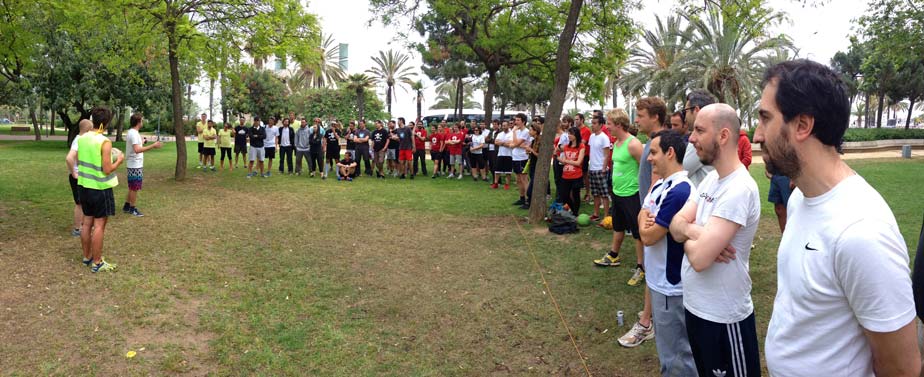
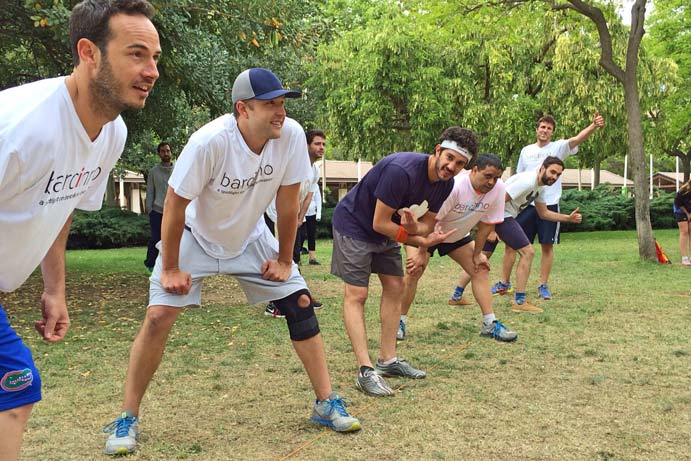
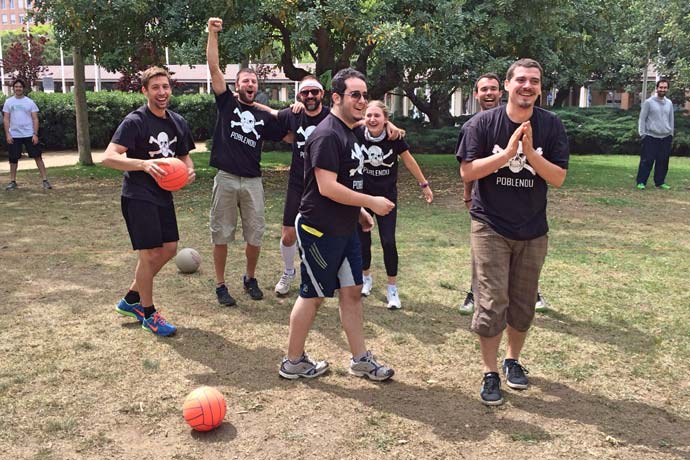
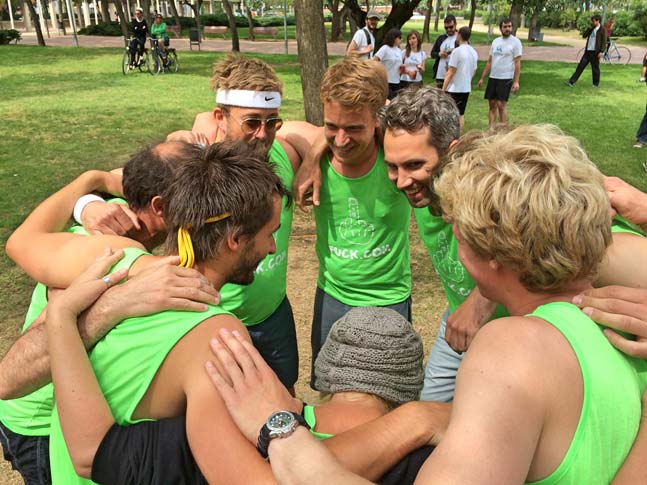
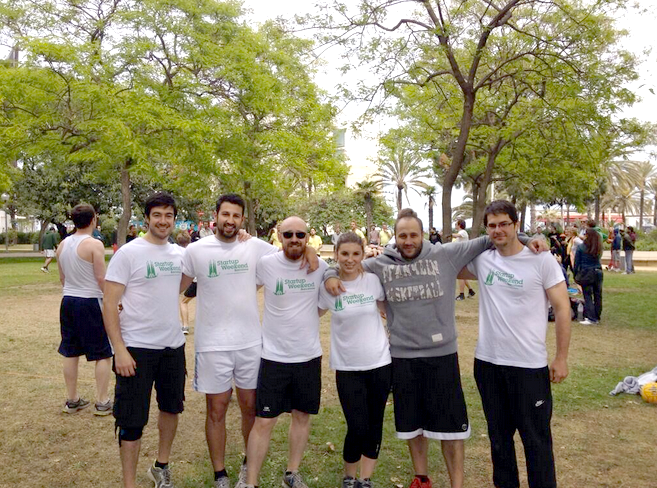



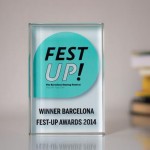


Thanks for sharing Lessons From Launching Startup Dodgeball Across Europe.